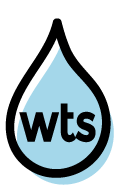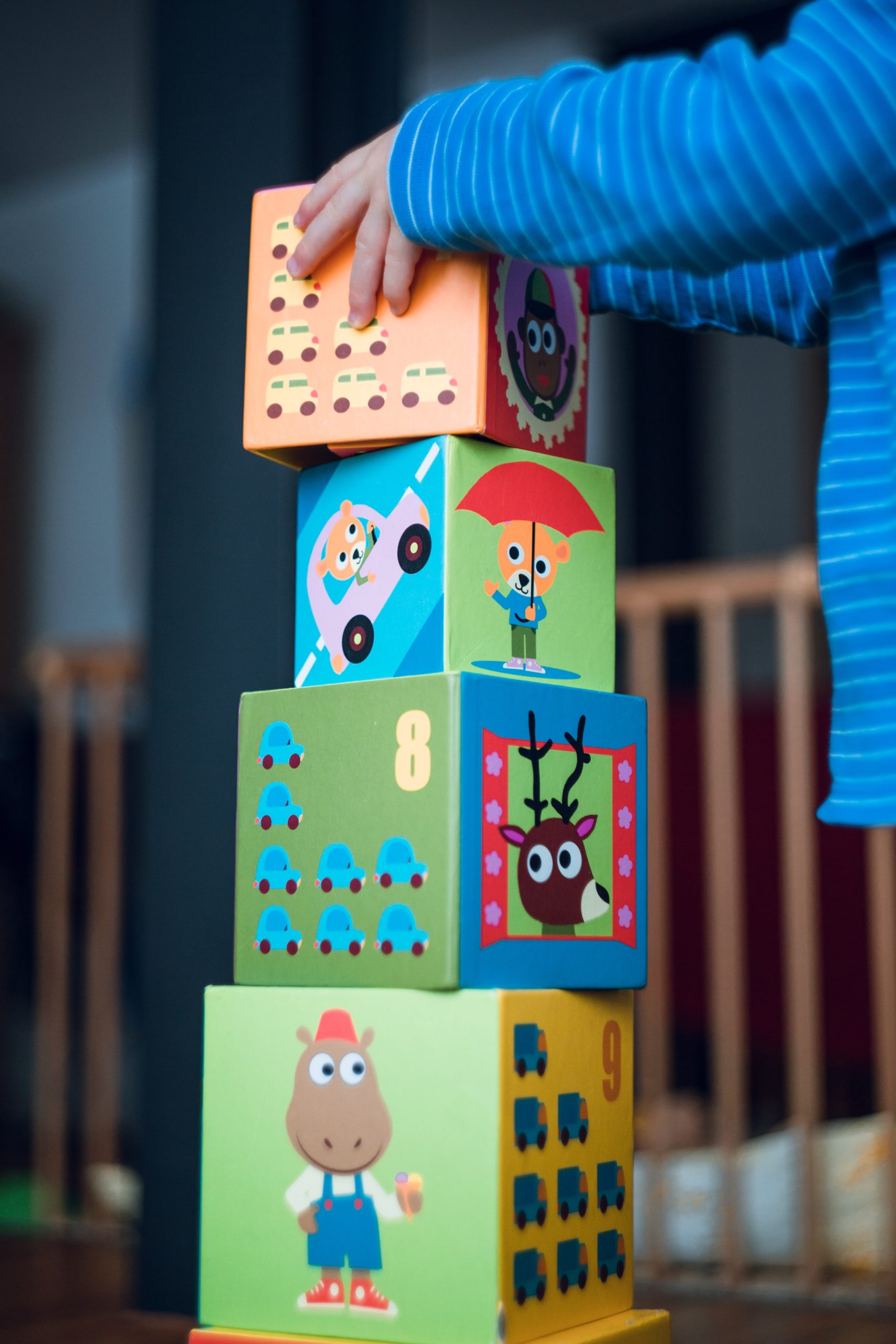Teaching a child to speak can be complicated, but it doesn’t have to be. There are ways to break language down in order to help a child grasp various linguistic concepts. Something to consider when teaching your child to speak is the types of words that you want to instill in her vocabulary from a young age.
Definition
What is Core Vocabulary?
Core Vocabulary consists of words that are used frequently, 75-80% of the time, on a daily basis. They are words that are expressed that are meaningful and useful across multiple settings, such as social and academic settings.
INTRODUCE WORDS THAT ARE (1) easy to say (2) multifunctional and (3) used frequently. THAT’S WHERE CORE VOCABULARY COMES INTO PLAY.
Remember my post “What’s in Your Lexicon?” where I discussed that a lexicon is a person’s “mental dictionary”? Think of core vocabulary as a small but essential subset of a person’s lexicon. These words are the heart and soul of communication.
Who Uses Core Vocabulary?
There are many people throughout the world who use core vocabulary as a means to communicate with others. Some examples include adults and children who have Autism Spectrum Disorder (ASD), adults who have suffered from strokes or other forms of traumatic brain injuries, children with an expressive language delay, and children who present with oral-motor difficulties which impede their ability to speak.
Personally, I have used core vocabulary with my boys at home to help them be able to communicate wants and needs from an early age. Neither of my children has a speech or language delay, but I wanted to teach them from an early age that language has power. I’ll discuss what I mean in a minute under my “Why Use Core Vocabulary” section of the post.
How is Core Vocabulary Presented?

Core vocabulary can be presented through auditory means without static or dynamic visuals. However, if you plan on using this approach then it is best to incorporate the targeted vocabulary words into an activity, as opposed to just sitting around and repeating the words over and over again. Show your child what the vocabulary means by demonstrating the words or reading them to her.
Using static visuals such as a communication board, or dynamic/interactive visuals on a communication device (e.g., iPad or DynaVox) are also methods that can be used to access core vocabulary quickly. These methods are particularly beneficial for children who are not yet speaking due to oral-motor delays, young age, language disorders, or other reasons. Furthermore, adding visuals typically promotes easy access to vocabulary words so that children can participate in activities and not get frustrated.
What kinds of words are included in a Core Vocabulary?
There are many types of words that are considered to be a part of core vocabulary. Of note, nouns are not usually included as they are considered to be a part of fringe vocabulary. Even though nouns are simpler to visualize, they are of lesser importance when it comes to formulating sentences. The English language revolves around core vocabulary, not fringe vocabulary. As such, it is essential to teach core vocabulary to children.
Here are some categories of words which are important to consider when building core vocabulary:
VERBS. Action words are used all of the time throughout the day. They are necessary for making requests.
PRONOUNS. From an early age, children begin perceiving ownership of objects. Knowing if something is “mine” or “yours” helps your child understand rules and boundaries.
PREPOSITIONS. Location words aid in drawing attention to where something is or where it goes. These words are powerful.
OPPOSITES. While there are myriad opposites that exist, a handful of them are used consistently throughout the day. Teach the ones that will benefit your little one the most early on.
ATTENTION AND QUESTION WORDS. Words that gain a listener’s attention teach children that their words have power. Question words help expand and build children’s vocabulary even more!
Keep reading to see a free list of sample words! Also, learn how to incorporate these words into everyday play at home in order to promote the growth of core vocabulary in your little one!
Why Target Core Vocabulary?
Why is it important to teach core vocabulary to a child who is learning how to communicate? By targeting words that are easy to say, multifunctional, and frequently used, children can begin expressing their wants, needs, and thoughts easily. Teaching core vocabulary is a way to break down language and make it more accessible to children.
Think of it this way, when you cook a dish that requires a sauce, the recipe first requires you to put together the base. This could consist of broth, or tomato sauce, or soy sauce, or honey and mustard, or many other options. Before you can add the spices and pizzazz to the sauce, you must create the foundation for the sauce first.
Language is the same. Before you add fancy adjectives and abstract concepts, you must build the base first.
By teaching core vocabulary, you are teaching children that they can intentionally communicate. This is a huge reason to teach core vocabulary and I can’t understate it. When you teach them core vocabulary, you teach them that their words have power. I’ll say it one more time.
Teaching core vocabulary means teaching your child that
Their
Words
Have
Power.
By teaching your children that their words have power, you motivate them to talk to you and further communicate with you. There are many reasons to talk and it’s important to explore these reasons with your children.
Once your children have built up their core vocabulary, they can begin to string their words together. The hope is that it will be easy to transition from having your child say 1 word here and there to 2-3 word phrases, then short sentences, using the words she already has in her vocabulary.
Let’s Water the Sponge
The key to creating a core vocabulary list is to select words that are versatile and can be used across different settings and in various contexts. Here is a shortlist of core vocabulary words I have used in therapy and at home with my children:
30 CORE VOCABULARY WORDS
| Help | Want |
| Build | Play |
| Turn | Again |
| Put | Away |
| Open | Close |
| Go | Stop |
| On | Off |
| Push | Pull |
| Eat | Drink |
| More | Done |
| Up | Down |
| Happy | Sad |
| Me | Mine |
| Your | Yours |
| I | What |
If you’re interested in seeing other lists of core vocabulary words, here’s one with 300 words on it and one with 100 frequently used core words.
Once you’ve selected words that you want to target, pick activities that are engaging and allow you to use these words in conversation. Here are a few ideas from the therapy room and the home:
Pop Up Pirate

This game is a blast! It’s simple to play and the pieces are large which makes for easy manipulation. Take turns with your little one sticking swords in the barrel. If you’re working on eliciting one word, here are some words from my list above that would apply:
| “Play” | “Put” | “Me” | “Your” | “More” |
| “Turn” | “In” | “Mine” | “Want” | “Again” |
Once your little one masters these words, start stringing them together into phrases:
| “My Turn” | “Want more” | “Your turn” |
| “Put in” | “Me play” | “Play again” |
From there, you can start introducing fringe words and other core vocabulary words. Pretty soon sentences will start flowing!
Cars

This ramp is a hit in our house! You can assemble the pieces in multiple ways so it’s always engaging. My boys play with this toy daily. I keep expecting them to tire of it, but it has been about a year and it is a staple for us! Here are some single words you can start with from the core vocabulary list:
| “Stop” | “Turn” | “You” | “Down” | “Play” |
| “Go” | “Me” | “Up” | “Want” | “Push” |
Feel free to amp up the experience and combine these words to create phrases:
| “Want turn” | “Go down” | “Push down” |
| “Go up” | “Want play” | “You go” |
Blocks

There are 52 blocks that come in this set! My parents purchased this for our boys and we decided to keep half the set at their house and half the set at ours. The variety in block size makes the sky the limit when it comes to building! Here are some core vocabulary words that you can introduce during this task:
| “Build” | “Turn” | “Stop” | “Down” | “Happy” |
| “I” | “Go” | “Up” | “Push” | “Sad” |
Here are some combinations from the list above:
| “I go” | “Go up” | “I happy” |
| “I build” | “Stop down” | “I sad” |
Notice that with the phrases they don’t need a lot of work to become grammatically correct; yet they convey the purpose of communicating. Thus, the toddler learns that she holds power with her speech.
Research
If you’re interested in learning more about core vocabulary, check out this research article! The researchers examine vocabulary used by fifty toddlers ages 24-36 months. Results reveal the frequency of words used by the toddlers and indicate the need for toddlers to use words that “enable young children to meet a variety of syntactic, semantic, and pragmatic functions…” In other words, core vocabulary is very important in regard to language development.
If you have any questions, comments, or stories, feel free to drop a comment below! 🙂


